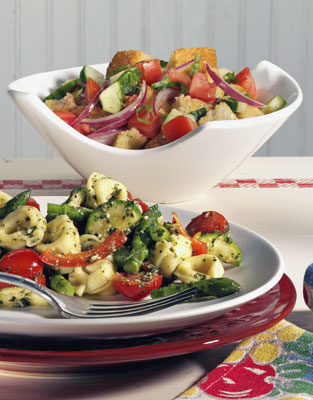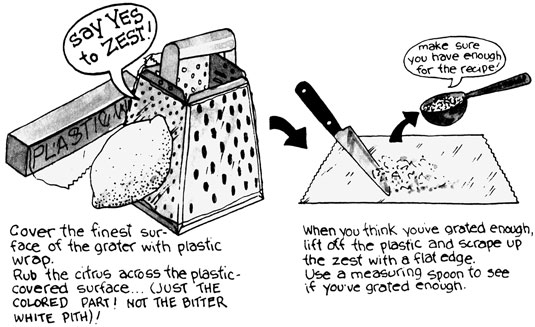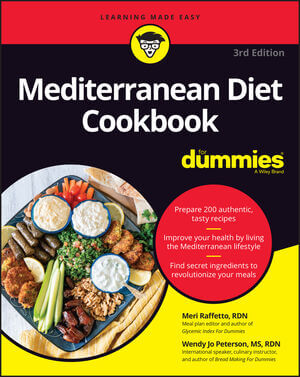Adding sauces enhances your Mediterranean dishes by bringing out amazing flavors and incorporating healthy nutrients from fresh vegetables, herbs, spices, cheese, and yogurt. Following are a few Italian sauces that you can use.
With Italian cooking, you may hear sauces called by a few different names. Salsa refers to meatless tomato sauces, while ragu describes a sauce that has one or two meats added. If you come from an Italian family, you likely also hear the term gravy in relation to any sauce. In this section, you get to sample a variety of sauce recipes sure to fill your kitchen with wonderful aromas.
Béchamel
Prep time: 5 minutes
Cook time: 12 minutes
Yield: 8 servings
1/4 cup butter, cut into cubes
4 tablespoons flour
2 cups milk
1/4 teaspoon paprika
1/8 teaspoon nutmeg
Salt and white pepper to taste
Melt the butter in a heavy saucepan.
Whisk in the flour and cook over low heat for 3 minutes. Raise the heat to medium and whisk in the milk.
Continue to whisk the sauce until it thickens, about 6 minutes.
Add the paprika and nutmeg. Season with salt and pepper and serve.
Per serving: Calories 91 (From Fat 57); Fat 6g (Saturated 4g); Cholesterol 18mg; Sodium 28mg; Carbohydrate 6g (Dietary Fiber 0g); Protein 3g.
Béchamel is a basic white sauce that serves as the base of most cheese sauces. You add your cheese(s) of choice before the salt and pepper; use whatever amounts suit your need and tastes.
Pesto
Prep time: 10 minutes
Yield: 8 servings
5 cups basil
3 to 6 cloves garlic, crushed
1/4 teaspoon red pepper flakes
1/2 cup pine nuts
1 cup grated Parmesan cheese
1/2 cup olive oil
Salt to taste
In a food processor, pulse the basil, garlic, and red chili pepper flakes ten times.
Add the pine nuts and cheese and blend for 1 minute.
Turn the food processor on and slowly drizzle in the olive oil, adding more if needed.
Season with salt and serve.
Per serving: Calories 235 (From Fat 207); Fat 23g (Saturated 4g); Cholesterol 11mg; Sodium 192mg; Carbohydrate 2g (Dietary Fiber 1g); Protein 7g.

You can keep pesto in the refrigerator for a week; be sure to store with a top layer of olive oil. You can also freeze pesto for three months. Olive oil on the surface is not needed when freezing.
To preserve the bright green color of the basil in your pesto, drop the leaves in 4 quarts of boiling water for 20 seconds and then quickly strain them and place them into ice water. Drain and pat the leaves dry to remove excess water.
You can add variations. Replace half the basil with arugula and the pine nuts with walnuts. Replace the basil with cilantro, the pine nuts with almonds, and the Parmesan with manchego cheese. Replace half the basil with spinach and the pine nuts with walnuts or almonds.
Gremolata
Prep time: 5 minutes
Yield: 1/2 cup (1/3 cup); 4 servings
1 teaspoon lemon zest
1 tablespoon lemon juice
1/4 cup parsley, chopped
4 cloves garlic, chopped
1/4 cup olive oil
Combine all the ingredients in a small bowl.
Per serving: Calories 127 (From Fat 122); Fat 14g (Saturated 2g); Cholesterol 0mg; Sodium 3mg; Carbohydrate 2g (Dietary Fiber 0g); Protein 0g.

Serve this sauce over pasta with pine nuts or use it with lamb, beef, or fish dishes for a punch of flavor. You can also add it to bean soups or stews.

